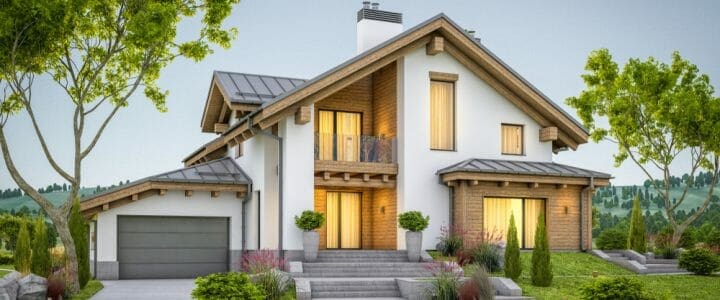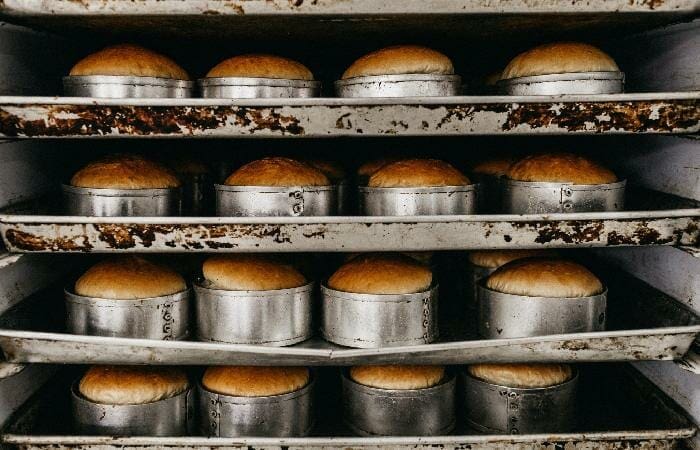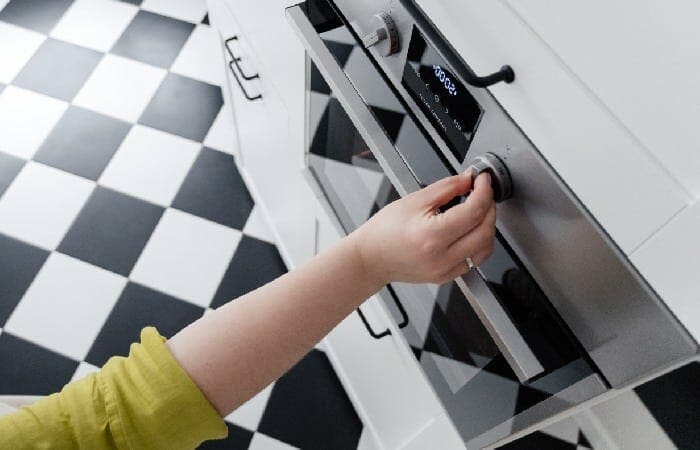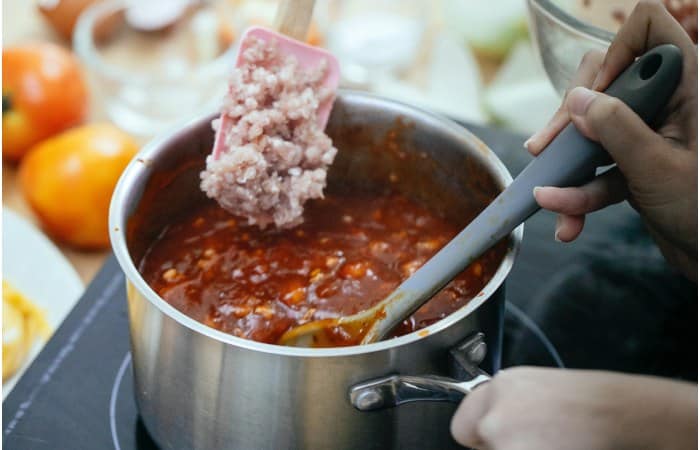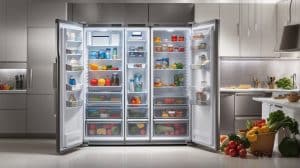Considering how to design green homes is a vital response to environmental concerns and the quest for sustainable living. These homes prioritize eco-conscious practices and technologies to minimize environmental impact while enhancing comfort and well-being.
This guide explores the holistic process of green home design, covering principles, planning, materials, energy systems, water conservation, and more. By the end, you’ll be equipped to create an eco-friendly haven that benefits you and the planet.
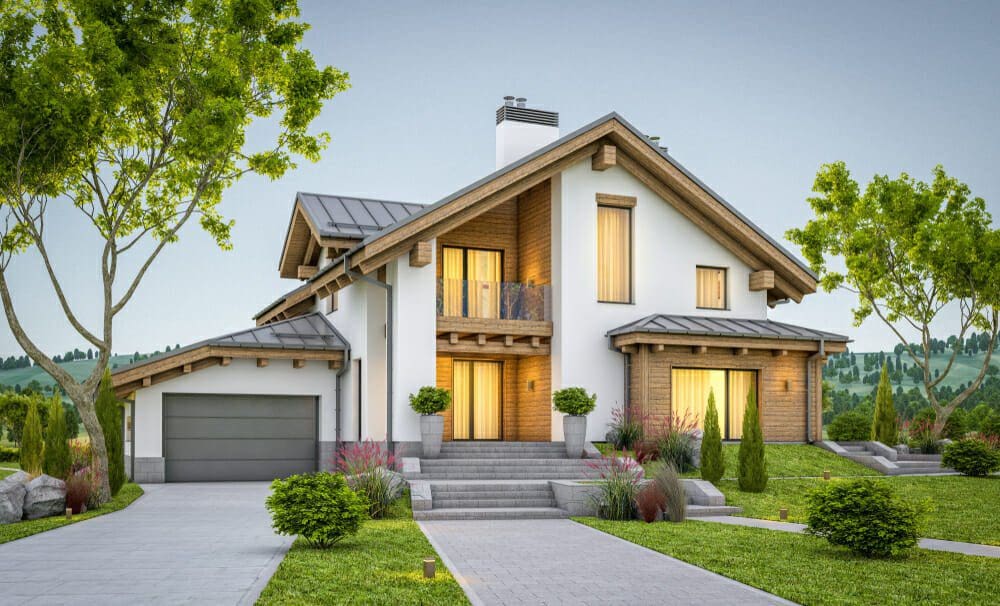
How Can Passive Design Be Incorporated Into Green Home Construction?
Integrating passive design principles when you design green homes is crucial for maximizing energy efficiency and minimizing environmental impact. Passive design involves architectural and structural strategies that reduce a building’s reliance on active mechanical systems. Here’s how passive design can be seamlessly integrated into green home construction:
Orientation and Layout:
Optimize the home’s orientation to harness natural sunlight and prevailing winds, ensuring maximum energy efficiency throughout the year.
Insulation and Thermal Mass:
Incorporate high-quality insulation in walls, roofs, and floors to minimize heat transfer and maintain stable indoor temperatures. As you design green homes, utilize thermal mass materials like concrete or masonry to absorb and release heat, stabilizing the indoor climate.
Windows and Glazing:
Choose energy-efficient windows with low U-values and high solar heat gain coefficients. Employ shading devices like eaves, awnings, or external blinds to regulate sunlight and temperature.
Natural Ventilation:
Strategically design windows and openings to facilitate cross-ventilation and promote natural airflow within the home. Consider operable skylights and vents for enhanced ventilation when you design green homes.
Passive Solar Heating:
Implement passive solar heating techniques, such as south-facing windows and thermal mass, to capture and store solar heat during colder months.
Daylighting:
A major factor to consider when you design green homes is to maximize natural daylight penetration to reduce reliance on artificial lighting. Employ features like light shelves and light tubes for efficient light distribution.
Building Envelope:
Ensure a well-sealed building envelope to prevent air leakage and optimize insulation performance. Select reflective roofing materials to reduce heat absorption.
Landscaping and Site Design:
Leverage landscaping elements like deciduous trees for seasonal shading and stormwater management features like rain gardens for sustainability.
Monitoring and Optimization:
Install monitoring systems to track energy usage and indoor conditions, allowing for continuous improvement and efficiency adjustments. Smart technology adds a whole new benefit when you design green homes.
Local Climate Considerations:
Tailor passive design strategies to suit the specific climate and local environmental conditions for optimal results.
By integrating these passive design principles, green homes can significantly reduce energy consumption, decrease environmental footprints, and provide occupants with sustainable, comfortable living spaces.
Site Selection and Orientation
The first step in designing a green home is choosing the right location and optimizing its orientation. Here’s what you should consider:
Site Selection
- Choose a site that minimizes disturbance to the natural environment.
- Consider proximity to public transportation, amenities, and services to reduce the need for car travel.
- Assess the site’s exposure to prevailing winds, sunlight, and potential hazards like flooding or wildfires.
Orientation
- Orient the home to maximize passive solar heating and cooling. South-facing windows can capture the winter sun, while shading elements can block excessive summer heat.
- Use natural topography and vegetation for windbreaks and to improve energy efficiency.
Energy Efficiency
Energy-efficient design is a cornerstone of green homes. Here are some strategies:
Insulation:
- Invest in high-quality insulation materials to minimize heat transfer and reduce the need for heating and cooling.
- Seal gaps and cracks in the building envelope to prevent drafts.
Efficient Windows and Doors
- Choose energy-efficient windows and doors with low U-values and high Solar Heat Gain Coefficients (SHGC).
- Install double-glazed or triple-glazed windows to improve insulation.
Renewable Energy
- To power your home, incorporate renewable energy sources such as solar panels, wind turbines, or geothermal systems.
- Opt for energy-efficient appliances and lighting fixtures.
Sustainable Materials
Selecting sustainable materials is essential to minimize the environmental impact of your home’s construction and maintenance:
Recycled and Recyclable Materials
- Use recycled or reclaimed building materials whenever possible.
- Opt for materials that can be recycled at the end of their lifespan.
Locally Sourced Materials:
Choose materials that are locally sourced to reduce transportation emissions.
Consider using natural, non-toxic, and low-VOC (Volatile Organic Compounds) paints and finishes.
Durable Materials:
Select long-lasting materials to reduce the need for frequent replacements and repairs.
Water Efficiency
Conserving water is a crucial aspect of green home design:
Low-Flow Fixtures
Install low-flow toilets, faucets, and showerheads to reduce water consumption.
Consider a rainwater harvesting system for outdoor use.
Greywater Recycling:
Implement a greywater recycling system to reuse water from sinks and showers for irrigation.
Native Landscaping:
Use native plants in landscaping to reduce the need for irrigation.
Passive Design
Incorporate passive design strategies to reduce the reliance on mechanical systems:
Natural Ventilation:
Design homes with cross-ventilation to encourage airflow and natural cooling.
Use operable windows and vents strategically.
Daylighting:
Maximize natural light by positioning windows and skylights strategically.
Use reflective surfaces to distribute daylight effectively.
Sustainable Landscaping
Green homes extend beyond the building itself to the surrounding environment:
Permeable Surfaces:
Use permeable paving materials to reduce runoff and allow water to recharge the groundwater.
Drought-Resistant Plants:
Choose drought-resistant plants for landscaping to reduce water requirements.
Edible Gardens:
Consider incorporating edible gardens to promote sustainable food production.
Monitoring and Maintenance
After designing and building a green home, it’s essential to monitor and maintain its sustainability features:
Regular Inspections:
Conduct regular inspections to ensure energy-efficient systems are functioning correctly.
Check for leaks, cracks, or signs of wear in the building envelope.
Energy Audits:
Schedule energy audits to identify areas for improvement and optimize energy efficiency.
Upkeep of Landscaping:
Maintain drought-resistant plants and monitor irrigation systems to prevent water waste.
Bottom Line
Designing green homes is an integral part of the global effort to combat climate change and reduce our environmental footprint. By incorporating sustainable principles into site selection, energy efficiency, material choices, water conservation, passive design, and sustainable landscaping, homeowners can create living spaces that are not only eco-friendly but also comfortable and cost-effective. Embracing green home design is a meaningful step toward a more sustainable future for our planet and future generations.
FAQs
How Can I Conserve Water In My Green Home Design?
You can conserve water by using low-flow fixtures, implementing a greywater recycling system, and choosing drought-resistant landscaping.
What Role Does Landscaping Play In Green Home Design?
Landscaping can contribute to a green home by incorporating native plants, using permeable surfaces, and creating outdoor spaces that promote sustainability and biodiversity.
Are There Certifications For Green Homes?
Yes, certifications like LEED (Leadership in Energy and Environmental Design) and ENERGY STAR exist to recognize and verify home green building practices.
Is Designing A Green Home More Expensive Than A Traditional Home?
Initially, green home design may have slightly higher upfront costs, but the long-term savings on energy bills and potential incentives can make it a financially sound choice.

